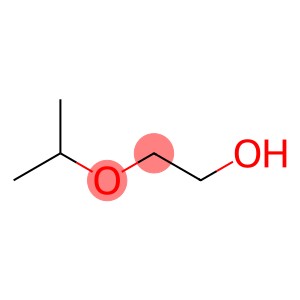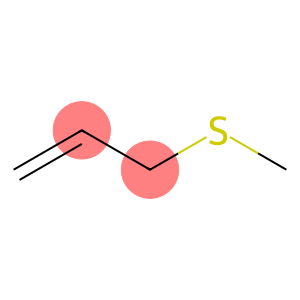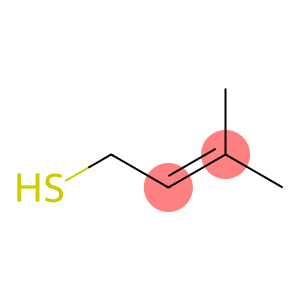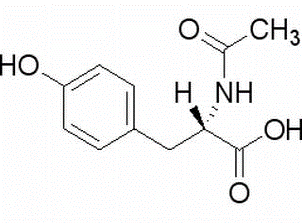2-isopropoxyethanol CAS 109-59-1
| Hazard Symbols | Xn – Harmful |
| Risk Codes | R20/21 – Harmful by inhalation and in contact with skin. R36 – Irritating to the eyes |
| Safety Description | 24/25 – Avoid contact with skin and eyes. |
| UN IDs | UN 2929 6.1/PG 2 |
| WGK Germany | 1 |
| RTECS | KL5075000 |
| TSCA | Yes |
| HS Code | 2909 44 00 |
| Hazard Class | 3 |
| Packing Group | III |
| Toxicity | LD50 orally in Rabbit: 5111 mg/kg LD50 dermal Rabbit 1445 mg/kg |
Introduction
2-Isopropoxyethanol, also known as isopropyl ether ethanol. The following is an introduction to its nature, use, manufacturing methods and safety information:
Quality:
- Appearance: Colorless liquid.
- Solubility: Soluble in water, alcohols and ether solvents.
Use:
- Industrial use: 2-isopropoxyethanol can be used as a cleaning agent, detergent and solvent, and is widely used in the chemical, printing, coating and electronics industries.
Method:
The preparation methods of 2-isopropoxyethanol are mainly as follows:
- Ethanol and isopropyl ether reaction: Ethanol is reacted with isopropyl ether at the appropriate temperature and reaction conditions to produce 2-isopropoxyethanol.
- Reaction of isopropanol with ethylene glycol: Isopropanol is reacted with ethylene glycol at appropriate temperature and reaction conditions to produce 2-isopropoxyethanol.
Safety Information:
- 2-Isopropoxyethanol is mildly irritating and volatile, and may cause eye and skin irritation when touched, so direct contact should be avoided.
- Appropriate personal protective measures such as wearing chemical-resistant gloves and goggles should be taken during handling and use.
- It should be used in a well-ventilated place to avoid inhaling vapors and prevent ignition and static electricity build-up.
- During storage and transportation, contact with oxidants and strong acids should be avoided, and severe vibration and intense high temperature should be avoided to prevent accidents.








